Welcome to Afterglow, a newsletter that will change your mind. My name is Charles Bliss and I'm a psychedelic journalist from Norwich, UK.
In this week's newsletter, we are exploring the possibility that Nintendo sparked an entire generation's interest in psychedelics. Let's-a go!

There's a longstanding theory that the power-up mushrooms eaten by Super Mario are Amanita muscaria.
Also known as fly agaric, Amanita muscaria is the most iconic mushroom in the world, thanks to its instantly recognisable red and white fruiting body. It is poisonous and, although reports of deaths are rare, it should not be eaten because ingestion of fly agaric often causes stomach cramps and hallucinations.
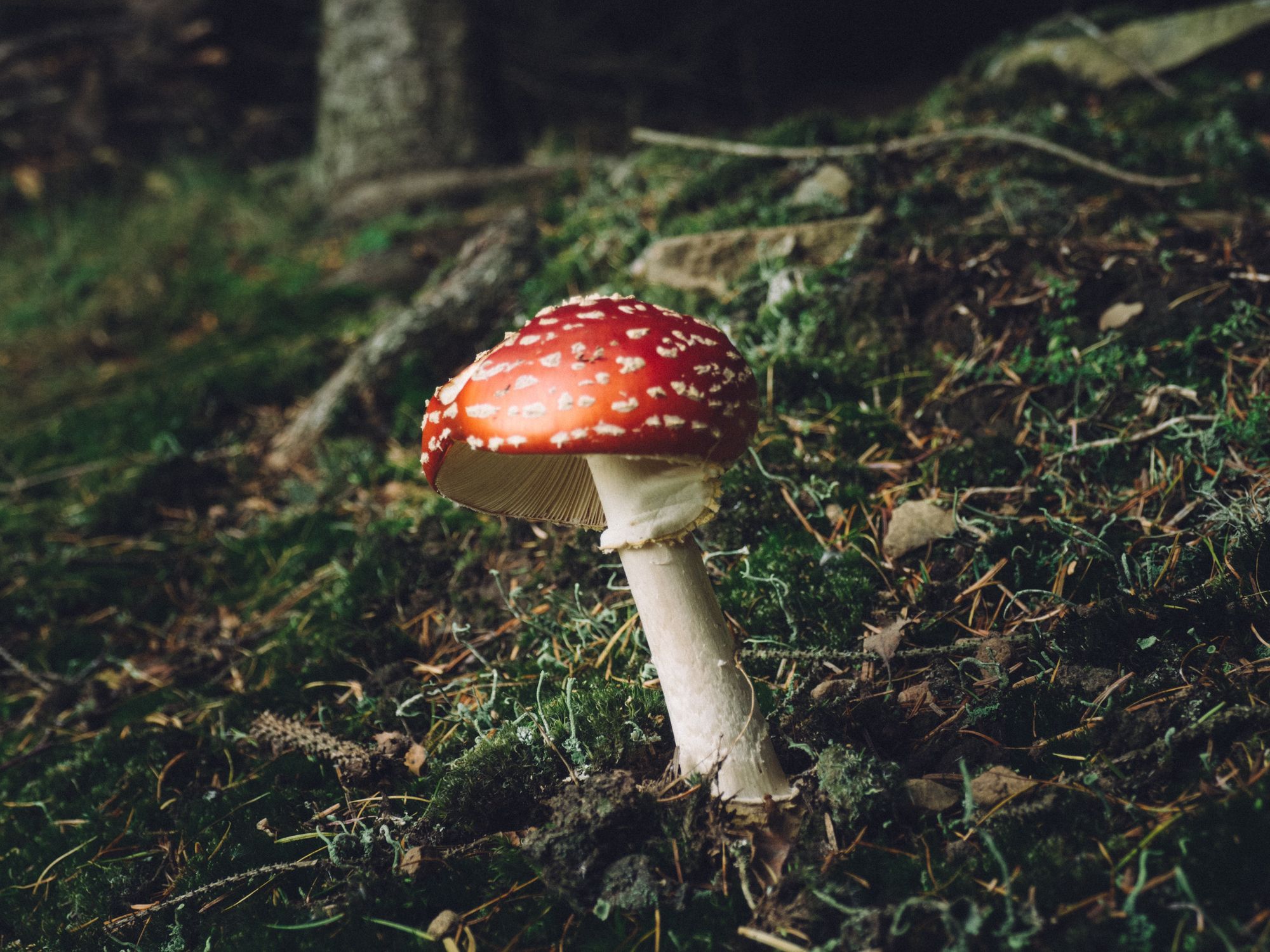
One of the main psychoactive compounds found in the Amanita muscaria mushroom is muscimol, which reacts with the GABAA receptor in the brain.
Once ingested, it can occasion changes to sense of hearing and taste, feelings of tranquility, altered sensory perception and vivid dreams. But it can also induce sweating, nausea, loss of balance and involuntary movement if not properly processed by the body.
Studies from Professor David Nutt at Imperial College London are exploring how muscimol can ease muscular pain, promote restorative sleep and treat stress and anxiety.
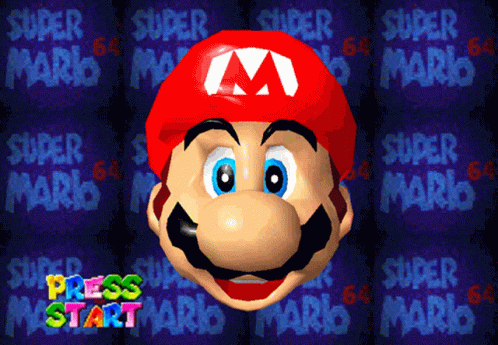
The creator of Mario, Shigeru Miyamoto, was asked why he decided to include a mushroom reminiscent of Amanita muscaria in Nintendo's most famous franchise.
"It’s just that there has always somehow been a relationship between mushrooms and magical realms. That’s why I decided that Mario would need a mushroom to become Super Mario.”
In an interview with Time Magazine, the legendary video games designer was evasive about psychedelic mushrooms providing inspiration for the Super Mario games.
"Whether or not this is actually a factor or not, we’re not really sure. But this whole idea of mysterious foods that have mysterious properties comes from a lot of the European folk tales. Of course, you see foods like that in Alice in Wonderland."
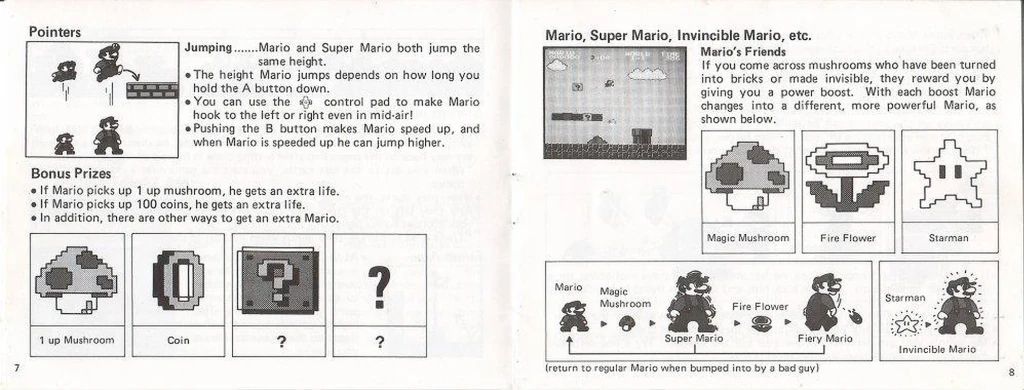
In games like Super Mario Bros. (1985) the world's favourite Italian plumber does not experience the typical symptoms of psychedelic intoxication like visual alterations, time distortion and euphoria. He simply grows in size and power.
But in Super Mario World 2: Yoshi's Island (1995), there is a much more blatant tip of the Mario cap to psychedelics.
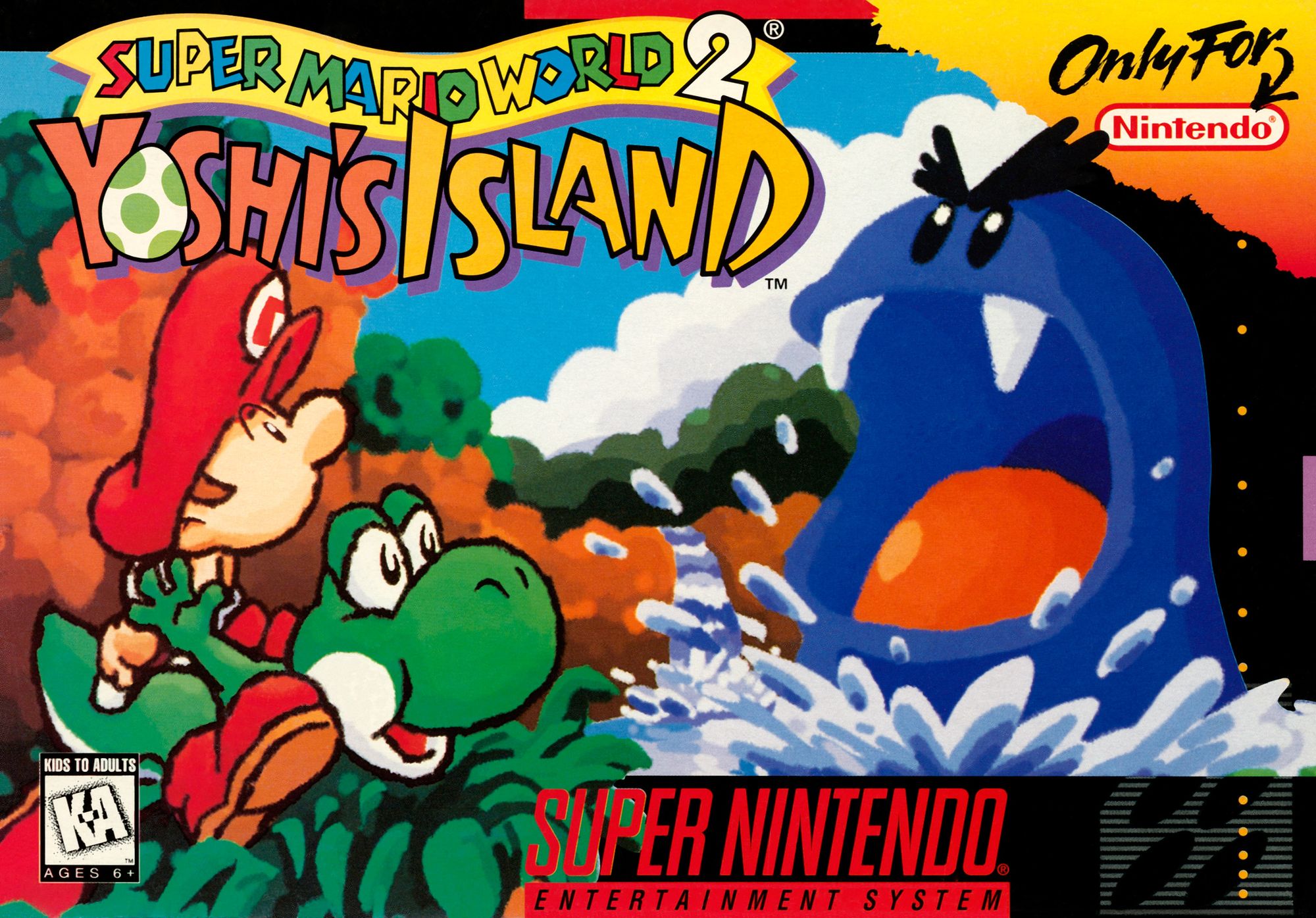
On a level called Touch Fuzzy, Get Dizzy, Yoshi encounters a floating, spore-like cloud called a Fuzzy. In the Japanese version, this is translated as watabo (ワタボー) which means cotton or puff ball.
When Yoshi makes contact with a Fuzzy, he becomes intoxicated, his eyes dilate and the whole playing field is affected. As the player guide says:
"When you touch or eat them, you will be poisoned and the landscape will look squishy."
While in this state, the player has difficulty controlling Yoshi as his balance is thrown off kilter. Ingesting the Fuzzies also causes the music to slow down and distort — and it becomes especially difficult to understand the map, as the screen flashes in iridescent rainbow colours.
"They won't hurt Yoshi, but they'll definitely warp his world!"

In the player's guide for the Yoshi's Island: Super Mario Advance 3 (2002) reissue, the enemy class for the Fuzzy is called Dudim Phreykunoutonthis — a pseudo-scientific rendering of the phrase: "Dude, I'm freaking out on this." It refers to the disorientation that Yoshi experiences when coming into contact with a Fuzzy, the only member of this class.
In the German version, the level is named Lustiges Sporen Drama (Funny Spore Drama), which abbreviates as LSD.
I played Super Mario World 2: Yoshi's Island (1995) religiously when I was a kid, and I can only wonder if these formative, mind-bending, virtual experiences in youth contributed to my interest in the psychedelic experience later in life.

🎬 Video
Watch my video book review of Love Me Do! The Beatles’ Progress (1964) by Michael Braun — the first book-length biography of The Beatles ever published, which offers a fascinating insight into the phenomenon of Beatlemania.
This video is part of a new series which will summarise and analyse classic works of Beatles literature. Take the trip on my new YouTube channel!
🤯 Mind at Large
A breakdown of mind-blowing ideas I encountered this week:
📚 Book – The Worm at the Core: On the Role of Death in Life (2015) by Jeff Greenberg, Sheldon Solomon, and Tom Pyszczynski. William James said our awareness that we will inevitably die one day is “the worm at the core” of the human condition. In this book, the authors explore how this knowledge of our mortality affects our behaviour and how we all seek to transcend death with immortality in the form of progeny, fame, technology and medicine.
📖 Article – MDMA and psilocybin have been approved to treat post-traumatic stress disorder and treatment resistant depression in Australia.
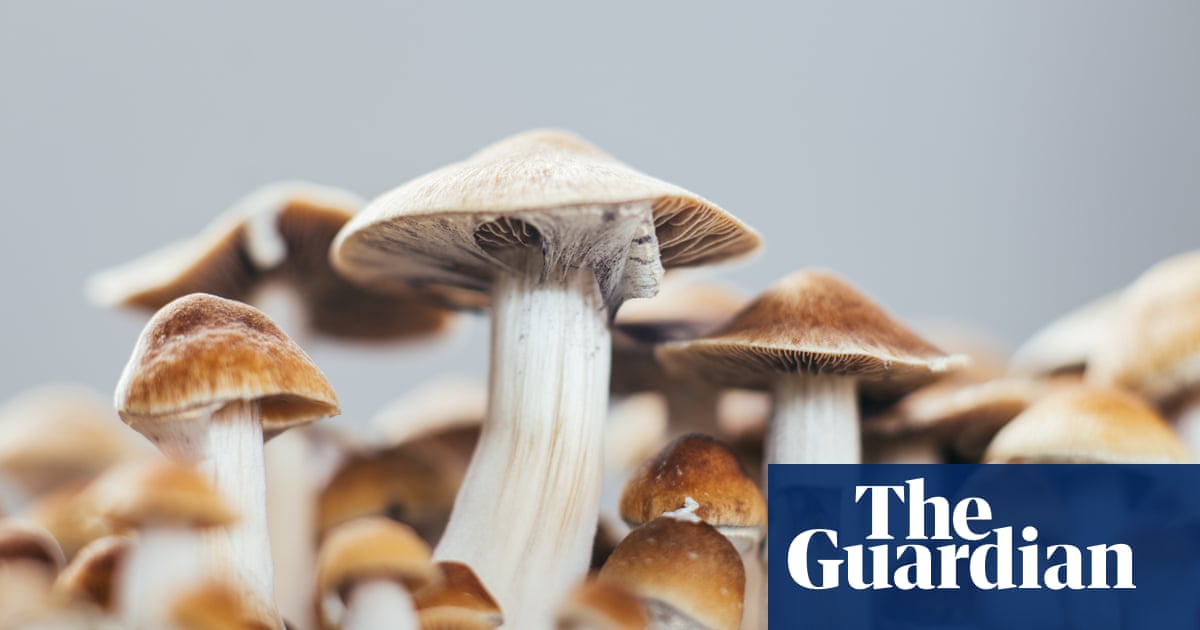
"I think that inside every adult is the heart of a child. We just gradually convince ourselves that we have to act more like adults."
Shigeru Miyamoto
🫠 Enjoying this newsletter?
Forward to a friend and let them know where they can subscribe.

